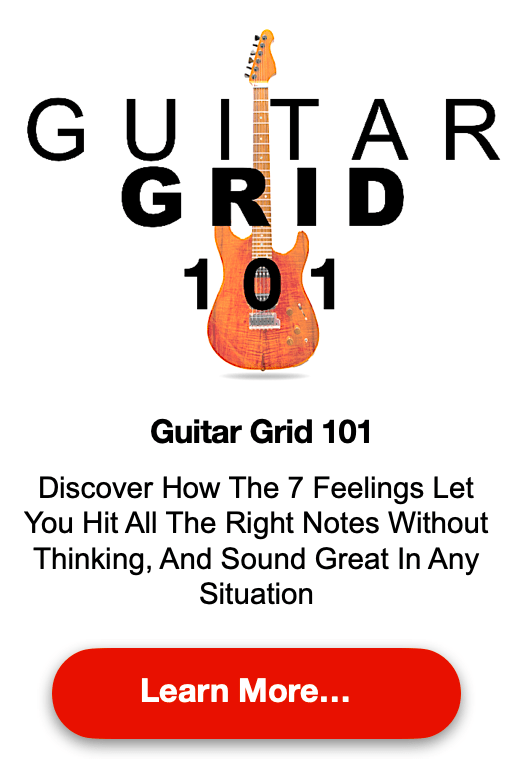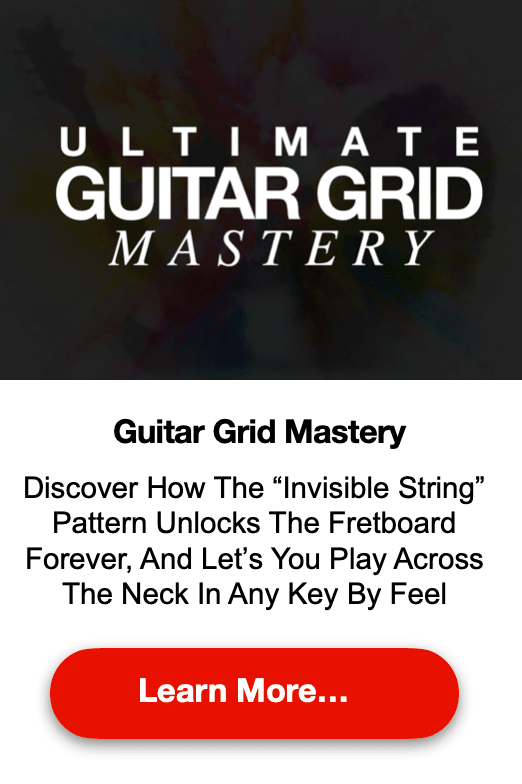For a lot of beginners and even more advanced guitar players the topic of the truss rod adjustment is scary and worrisome. A lot of guitar players are afraid if that adjusting the truss rod could actually cause damage to the guitar. In this article, we are going to dispel some of those myths and show you how easy it can be to adjust the truss rod to help your guitar play easier.
What is a Truss Rod?
Most guitars have a Truss Rod. It is a metal (steel or graphite) rod inside of the guitar that runs through the fretboard of the guitar from the headstock to the body. The purpose of the truss rod is to stabilize the neck and give it strength.
Wood naturally will want to bend over time but when you add in the tension that is added because of the guitar strings the guitar neck will want to bow even more. The Truss Rod will help keep the neck from bending beyond your desired amount.
How Does the truss rod work?
A truss rod is a metal bar (usually made from steel or graphite) that reinforces the neck of a guitar, bass, or other stringed instruments. When tuned up to pitch, the strings will put several hundred pounds of pressure on the neck –more than enough to bend it. A truss rod’s job is to counteract that tension and allow the player to adjust how much (or how little) the neck bows.

There are two types of truss rods:
Single Action Truss Rod
Single actions truss rods are the most popular and the most common in popular guitar brands. When tightened these truss rods will increase pressure on the back of the neck to counter the string tension that is naturally caused by tightening the machine heads of the guitar. Single Action Truss Rods are installed in a curved channel (known as the truss rod channel) within the neck with the bow of the channel facing the neck of the guitar.
Dual action truss rod (also Two-Way or Double Expanding)
Dual Action truss rods are a modern style that is used a lot with custom guitar luthiers who find Single Action truss rods to be out of date or vintage. The difference with the dual action truss from the single action truss rod is installed in a straight channel in the neck of the guitar. Dual action rods are used to help bend the neck in either direction and also gives the next more strength that is less affected by the elements or changing the strings.
A neck with a two way rod installed is often more stable and less influenced by climate changes, as well as being able to restraighten twisted necks, which can be a hefty repair for other guitars.
Source: en.wikipedia.org
How to Adjust a Truss Rod and How to Straighten the Next of a Guitar
Truss rod adjustment is a very important step in getting your guitar to play better. We’ve noticed over the thousands of students who’ve come through our training, whether 1 on 1 or online, that some of the biggest struggles is rooted not in their actually playing but how their guitar is set up.
When the neck of a guitar is bowed towards the strings that will increase the action of the guitar (the distance of the strings from the frets) which make the guitar harder to play. Ideally, if you want to play your guitar quicker and with more ease then having the strings closer to the frets will accomplish that. But, if the strings are too close to the neck you may also get whats called fret buzz.
What tools do I need?
Typically, most guitars will use a hex wrench or and Allen key wrench to turn the truss rod. The size can differ from guitar to guitar so having a handy set of Allen wrenches available is ideal to start your guitar truss rod adjustment. Be aware that you do try to force the adjustment with the wrong tool or you can strip the nut which will make for a more expensive repair.
I like to have a String Action Ruler available. This ruler is specifically designed to measure the height of the strings to help make precise adjustments.

How to Check the Guitar Neck?
Generally speaking, guitar necks should have a slight bow in it. We don’t want it to be perfectly straight or there can be buzzing on the next. The first step in checking the neck will be to pick up your guitar and visually look down the next from head or nut towards the bridge.
To see if the neck on your guitar has bowed place a finger on the 1st fret of the low E string then use your other hand to press down 22nd fret of the same string. Then stretch your lower hand and tap the 12th fret. The gap between the strings when performing this test will be slightly thinner than a business card. Again, this is the reason you will need a slight bow in the neck.
Tip 2 – Bowed Neck – Truss Rod Adjustment
The truss rod runs down the center of a bass guitar neck. It can be used to straighten bowed necks by either loosening or tightening it. Old bass guitars are prone to bowing necks.
If you do see a slight bow in the bass guitar neck then locate the truss rod adjustment. Your bass guitar may have a plastic truss rod cover that needs removing at the top of the headstock. Your bass, like this Fender P Bass in the images below, may show the truss rod adjustment at the bottom of the neck – you may even have to remove the neck or scratch plate to get better access to it.
Which way to turn?
To decrease the space between the strings and frets turn the truss rod clockwise.
To increase the gap turn the truss rod counter-clockwise.
When you’re ready to adjust the truss rod you will enter your Allen wrench or your screw driver into the truss rod adjustment hole. When turning you will only need to make slight movements and then check the string height visually or with a ruler.

Recommended String Height

Some important rules to remember. Truss rod adjustment should be done after you change your strings. The release and tension added by putting new strings on will put new pressure on a guitar. Adjustment to the truss rod should be done in small 1/4 or 1/8 turns in order to not over turn.
Now that you have the action on your strings correctly setup you should feel the difference in how your guitar plays and the speed of playing.
Come back for some more guitar setup articles.
Want to learn how to play lead guitar? 🎸
There’s a better way…
STOP trying to learn lead guitar the “normal” way (endless scales and music theory)… Here’s how to play “by feel.”
I know this may sound controversial…
But almost everyone trying to learn lead guitar is doing it the hard way!
Click below to download our FREE mini-course that will get you whaling the cords with little or no experience!
Gain Access to the Ultimate Lead Guitar Lightbulb Moment Here










